Read our latest news, or click the button to filter by year for older press releases.
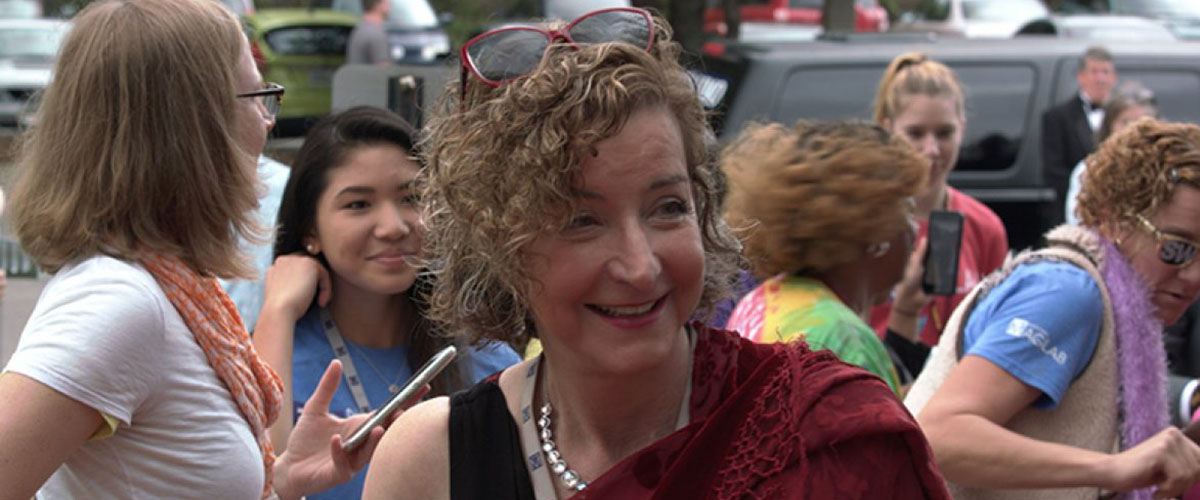
October 24, 2019
MagLab Chief Scientist Laura Greene recognized by the Tallahassee Scientific Society for her exemplary career achievements in science and contribution…
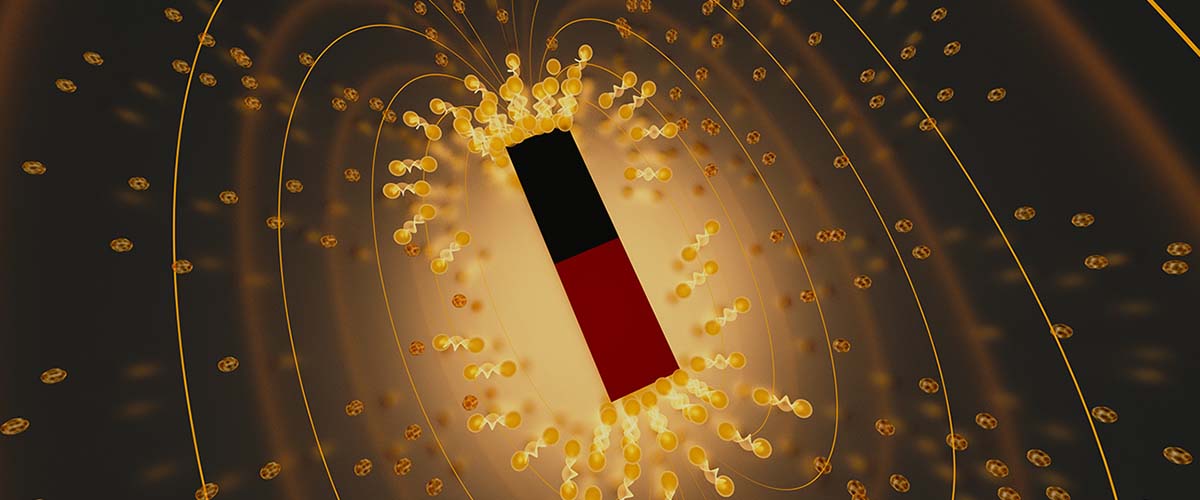
October 07, 2019
In a uranium-based compound once dismissed as boring, scientists watched superconductivity arise, perish, then return to life under the influence of h…
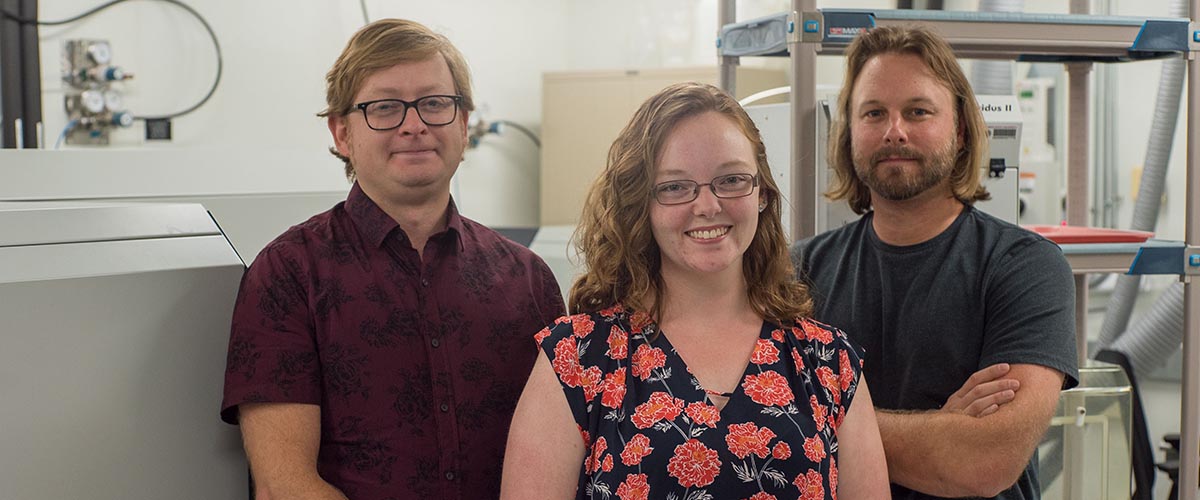
August 30, 2019
New study resolves a longstanding paleoclimate mystery.
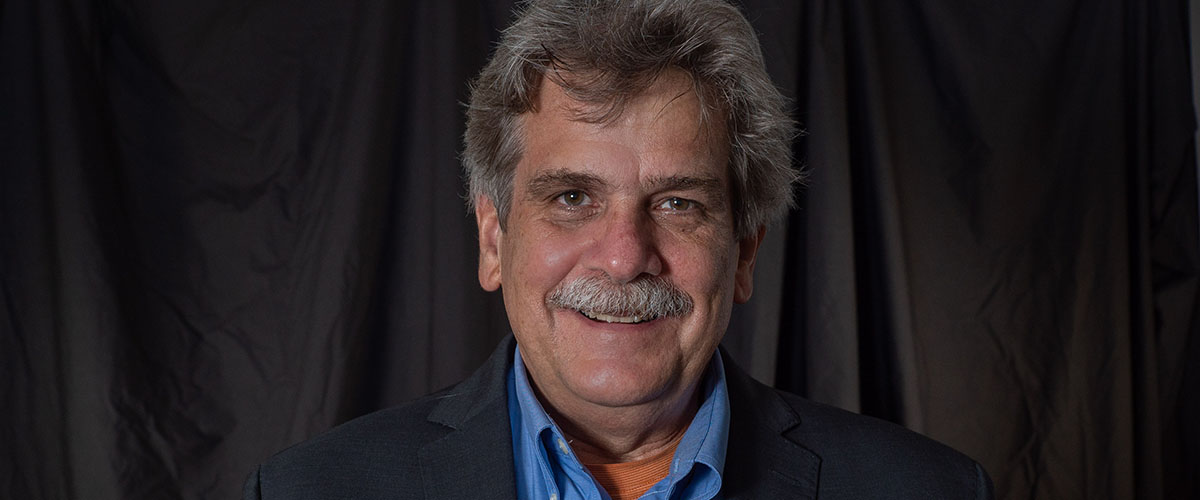
August 21, 2019
Rising from his post as deputy director, Mark Meisel plans to introduce new instruments and techniques to the facility.

July 22, 2019
Physicist Christianne Beekman and chemist Yan-Yan Hu have been recognized as outstanding early-career researchers by the National Science Foundation.
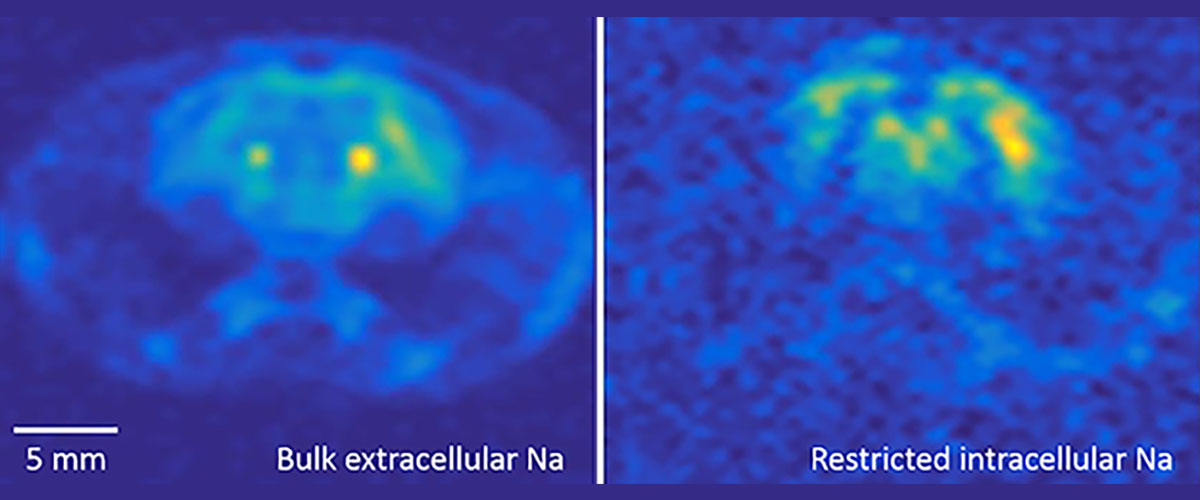
July 19, 2019
Researchers at the National MagLab will study the role sodium plays in this painful disease and test treatments that could offer relief.
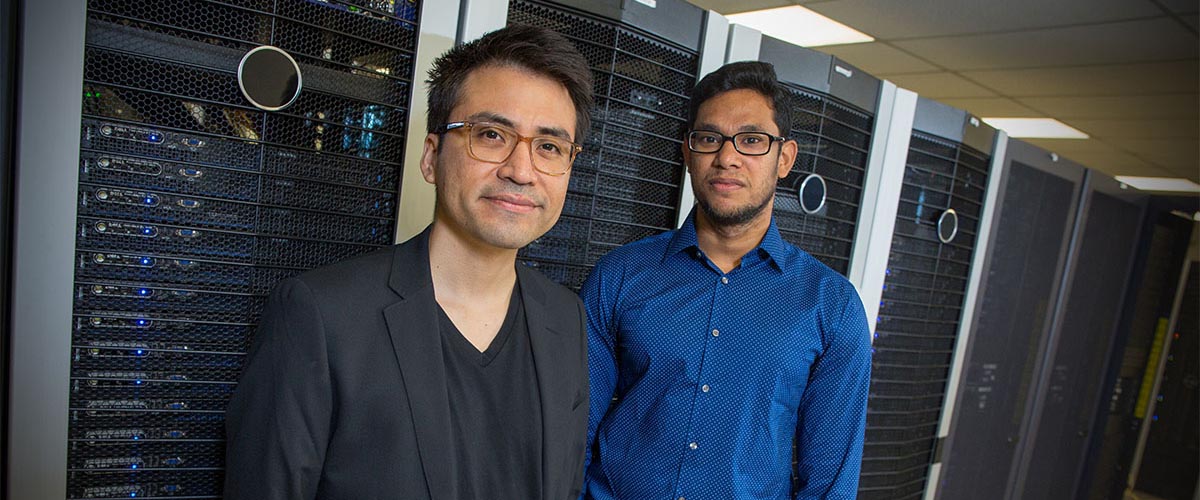
July 12, 2019
Researchers see promise in a cheaper, safer alternative to lithium batteries.
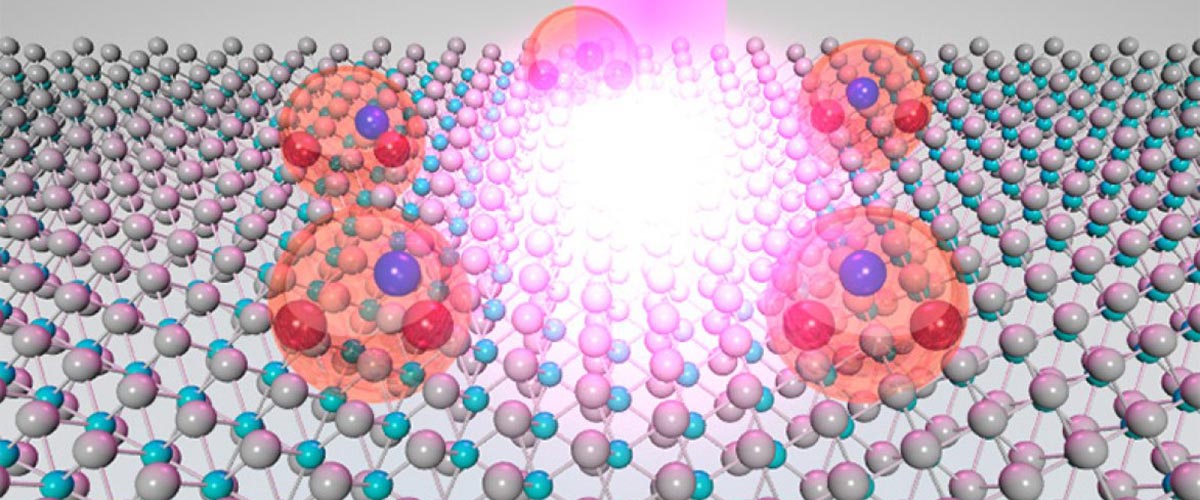
July 10, 2019
Move aside, electrons; it's time to make way for the trion.
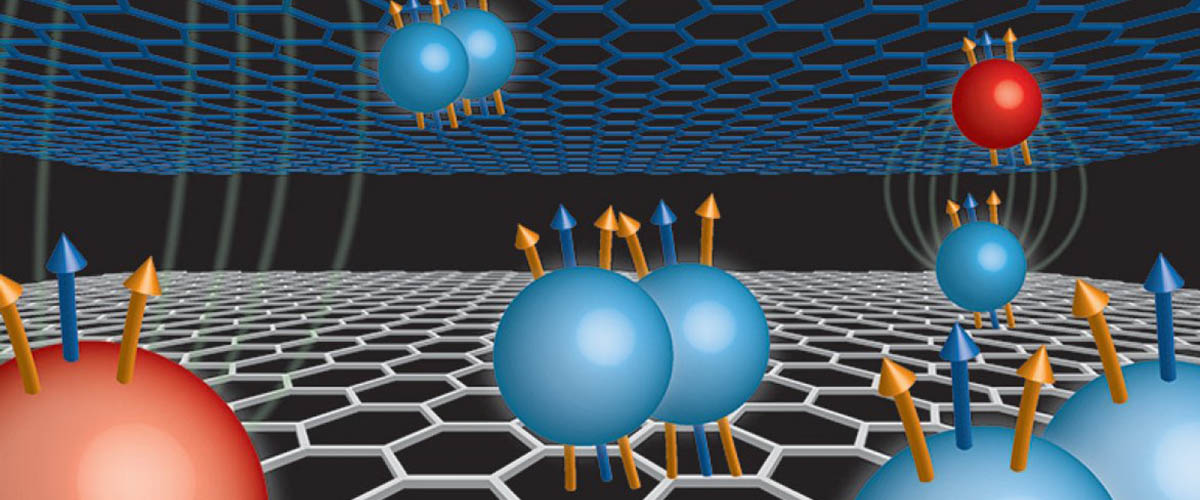
June 25, 2019
A new study reveals a suite of quantum Hall states that have not been seen previously, shedding new light on the nature of electron interactions in qu…
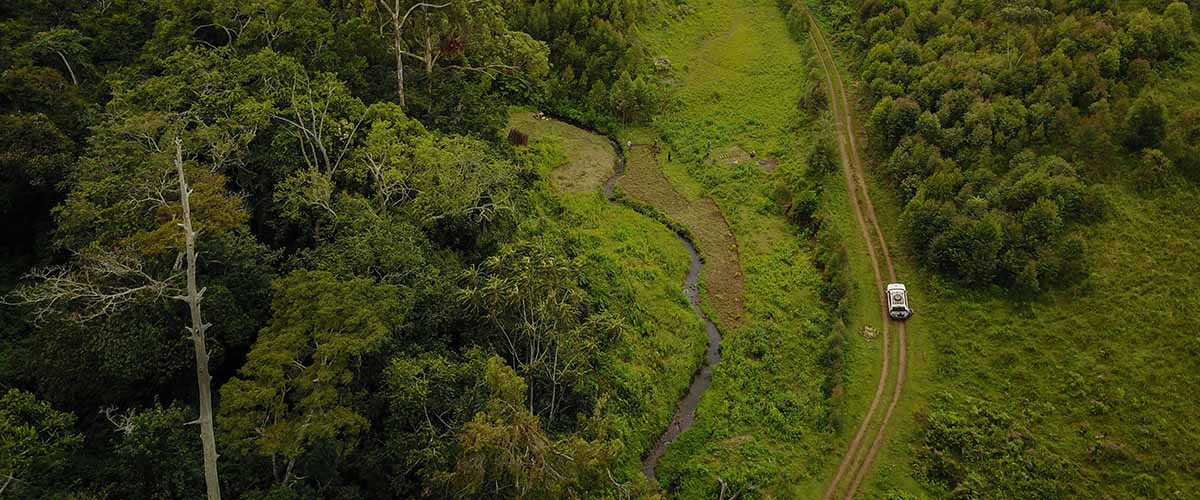
June 24, 2019
Using powerful instruments at the National MagLab, scientists discovered that older dissolved organics from deforested areas were more energy-rich, an…
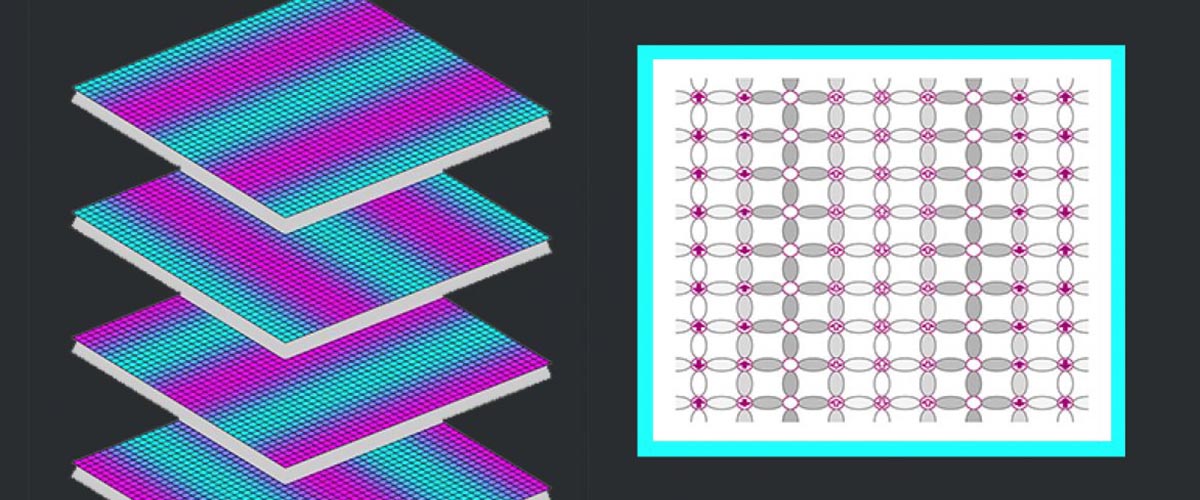
June 18, 2019
Emergence of unusual metallic state supports role of "charge stripes" in formation of charge-carrier pairs essential to resistance-free flow of electr…
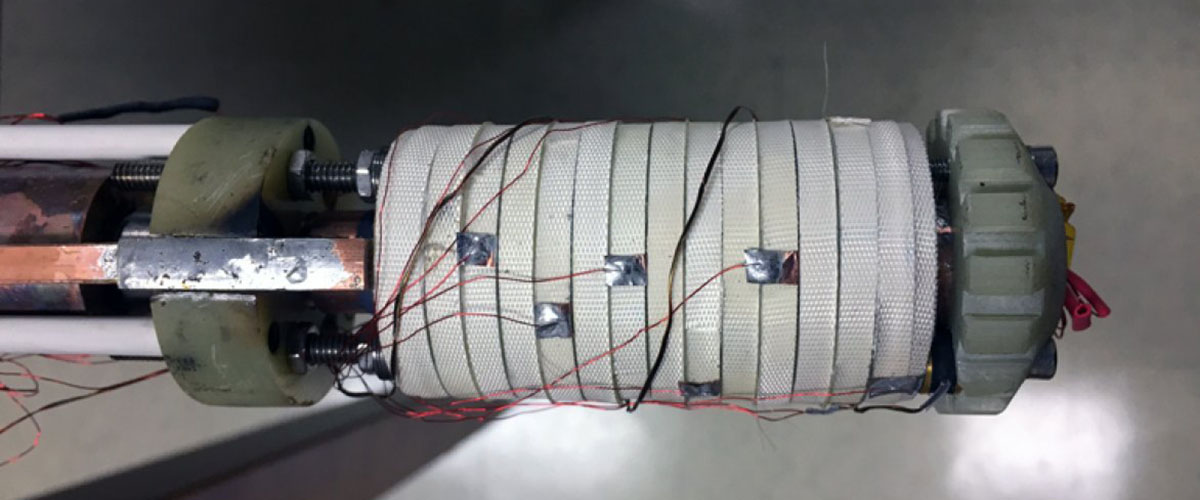
June 12, 2019
The compact coil could lead to a new generation of magnets for biomedical research, nuclear fusion reactors and many applications in between.
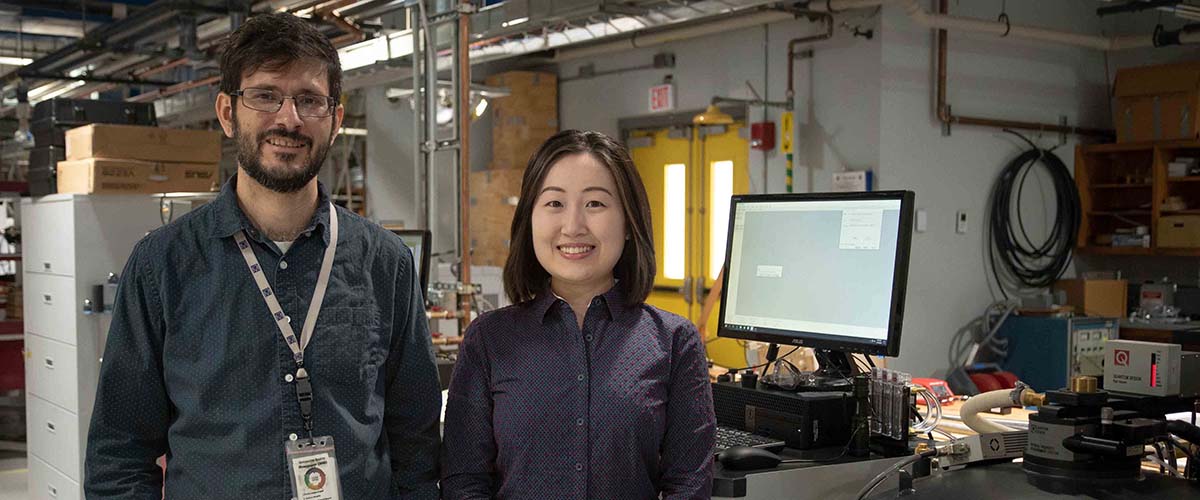
May 31, 2019
In a crystalline structure that locks a heavy atom in a metal cage, scientists find a key to materials that can turn heat into electricity, and vice v…
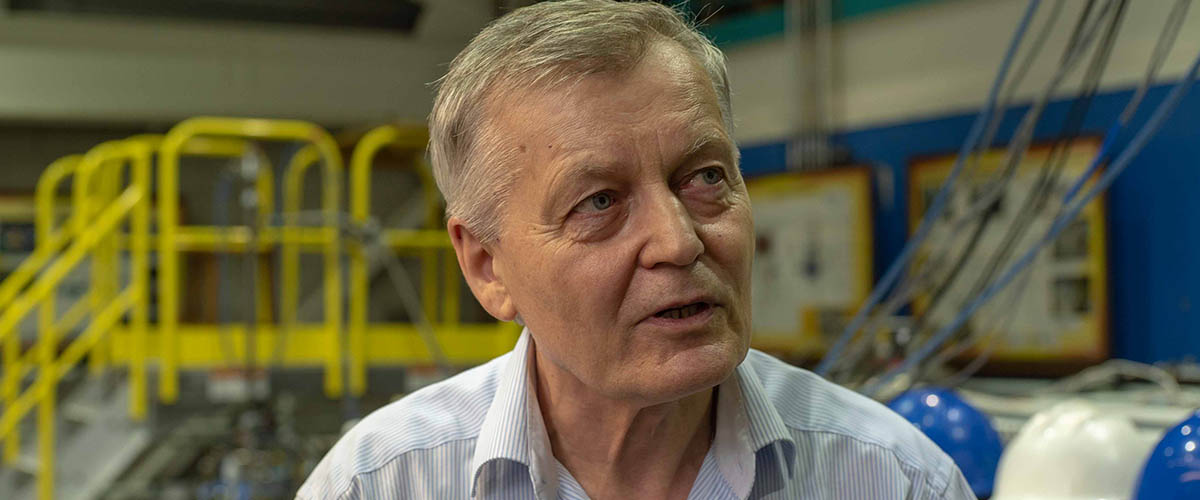
May 22, 2019
In a hydrogen-packed compound squeezed to ultra-high pressures, scientists have observed electrical current with zero resistance tantalizingly close t…
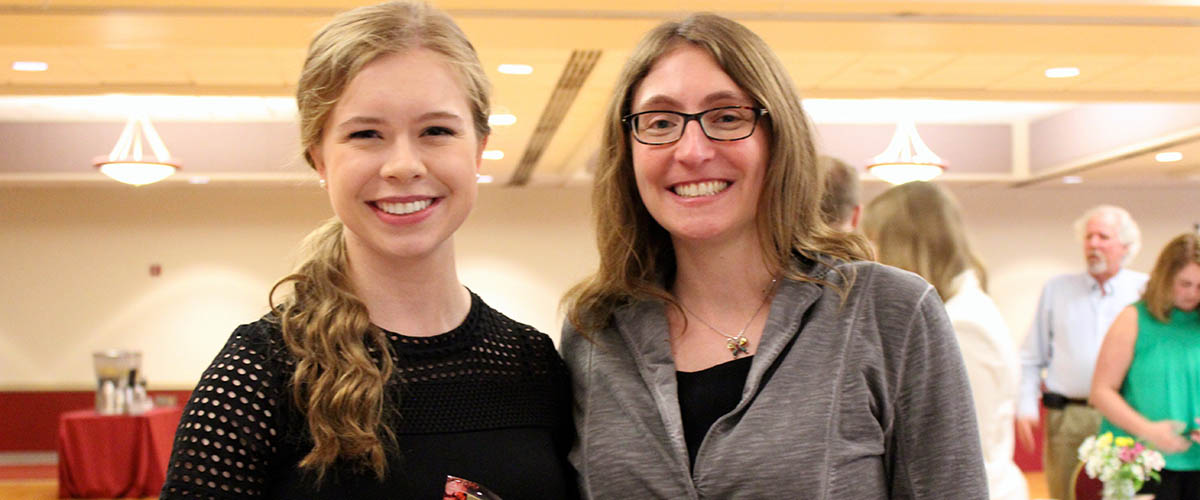
April 11, 2019
A young computer programmer was surprised by not one, but two awards for building systems crucial to running the lab's magnets.
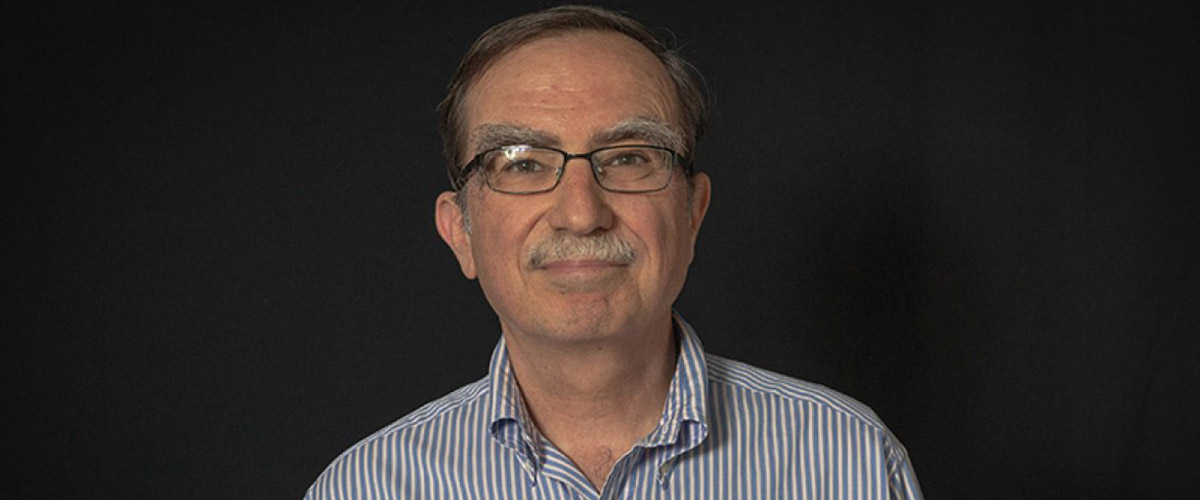
April 09, 2019
Lab veteran Tim Cross has been named 2019-2020 Lawton Distinguished Professor by his peers.
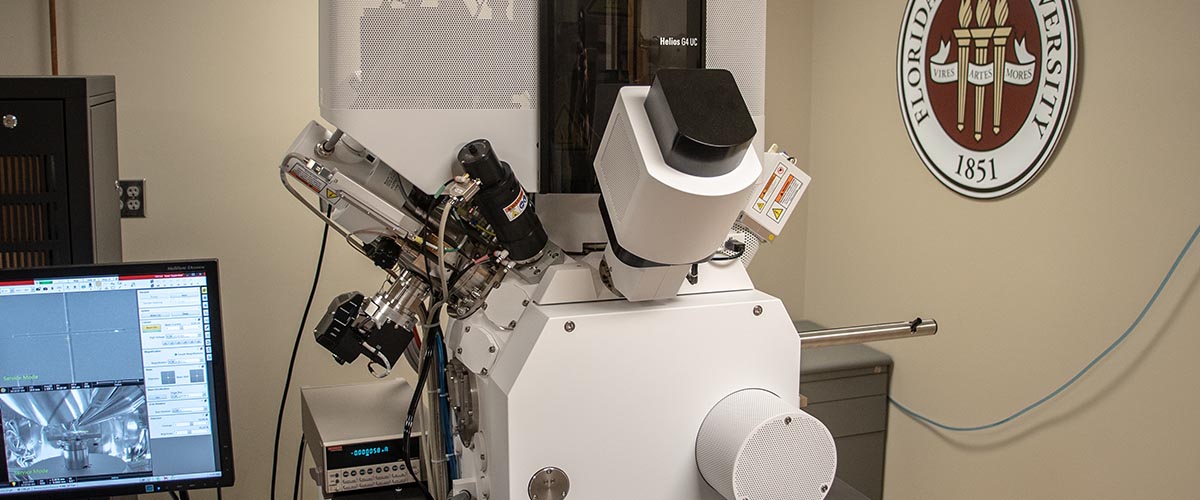
March 28, 2019
State-of-the-art instrument will be used in materials and next-generation magnet research.
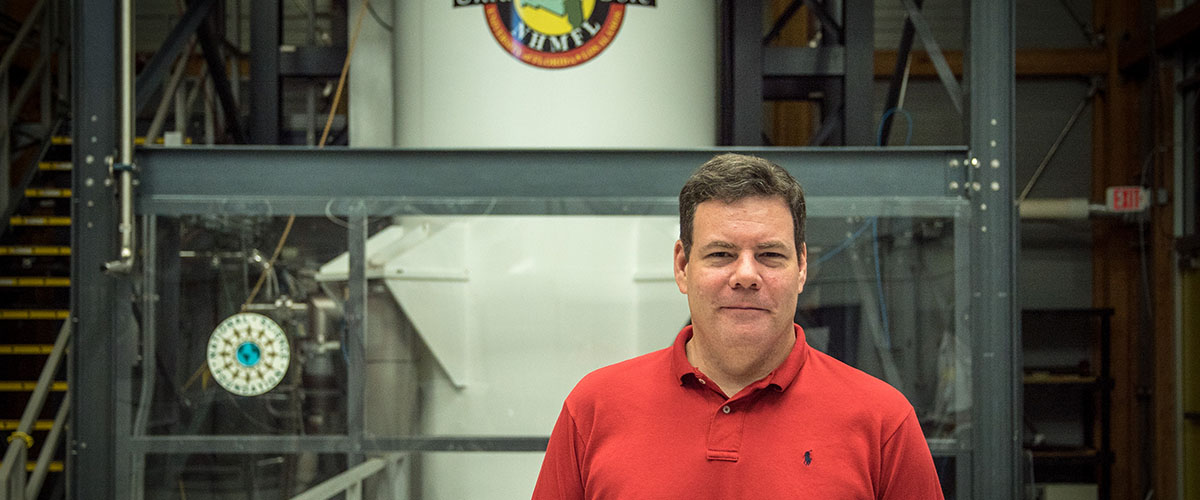
March 28, 2019
Findings clarify the role of sodium increase early in migraines and point to the region where symptoms may start.
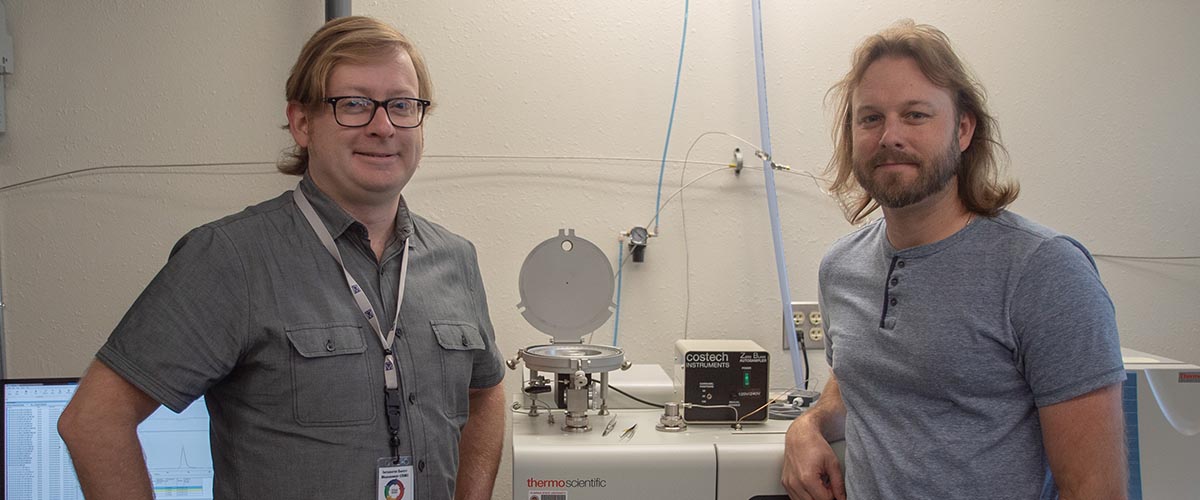
March 27, 2019
In findings that could shed light on current climate changes, researchers find conclusive evidence linking rising sea levels and lowering oxygen level…
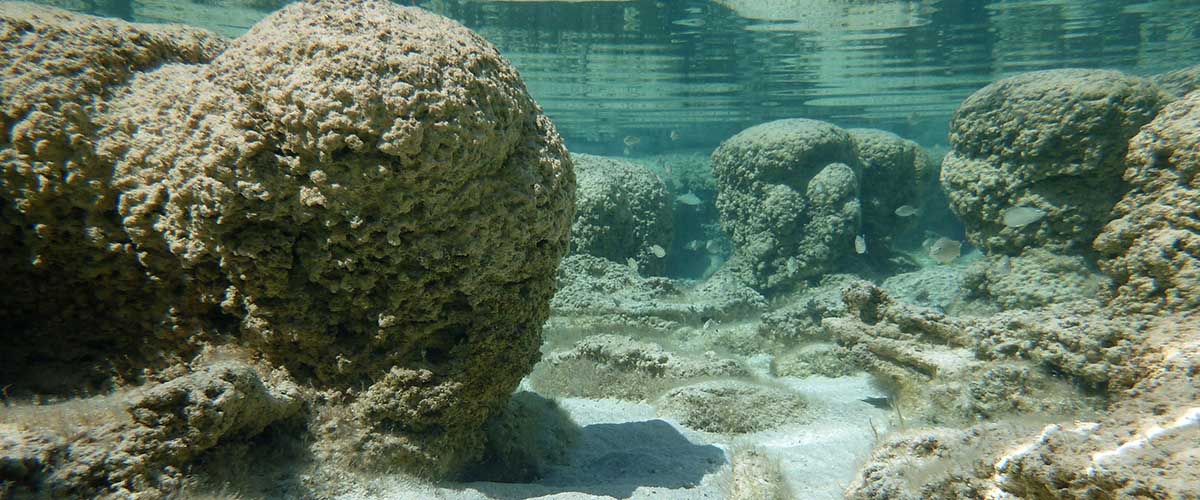
February 25, 2019
MagLab data provide compelling evidence that extensive oxygenation took place in the ocean millions of years before the atmosphere’s “Great Oxidation …

February 14, 2019
Lab to serve up heaping portions of science at food-themed Open House on Feb. 23.
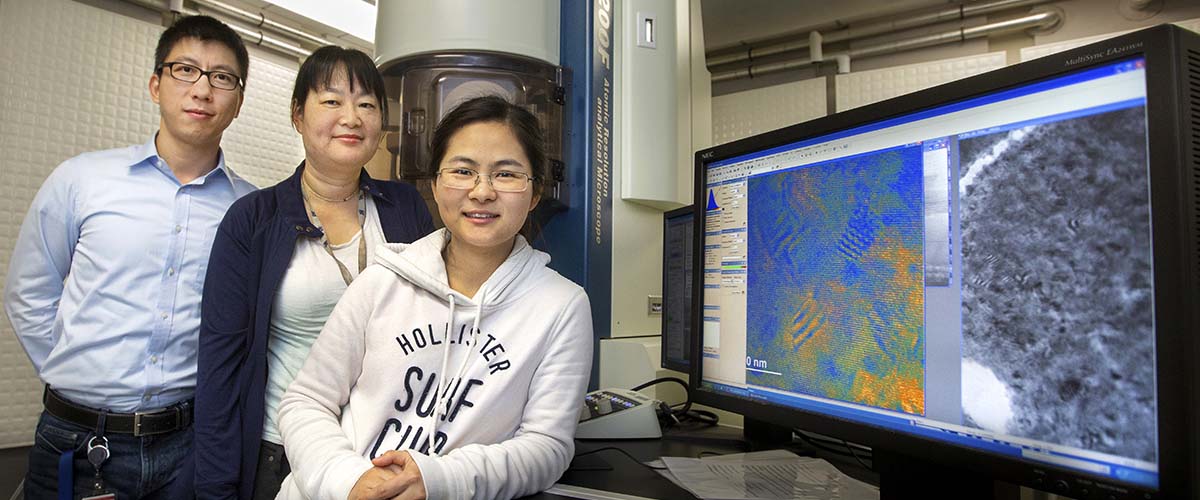
February 11, 2019
Promising technique could be used to turn light into electricity and electricity into light.
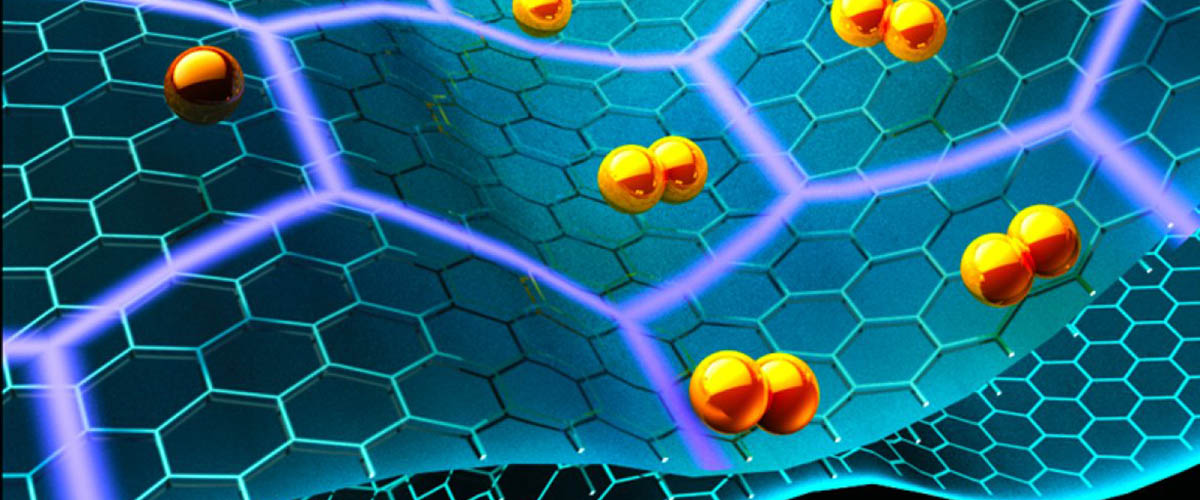
January 24, 2019
With a twist and a squeeze, researchers discover a new method to manipulate the electrical conductivity of this game-changing "wonder material."
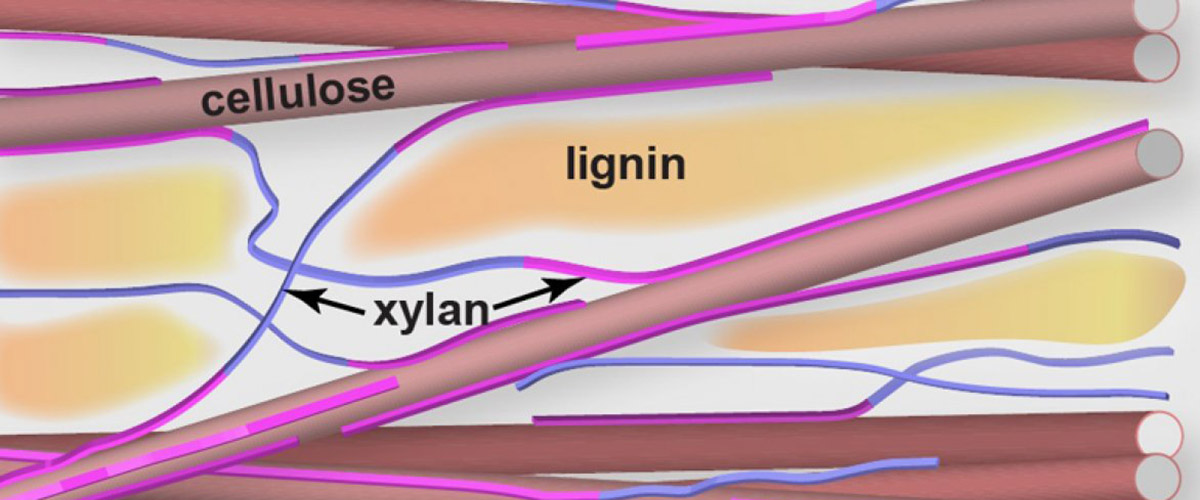
January 22, 2019
Findings that “go against the textbooks” may improve biofuel production.
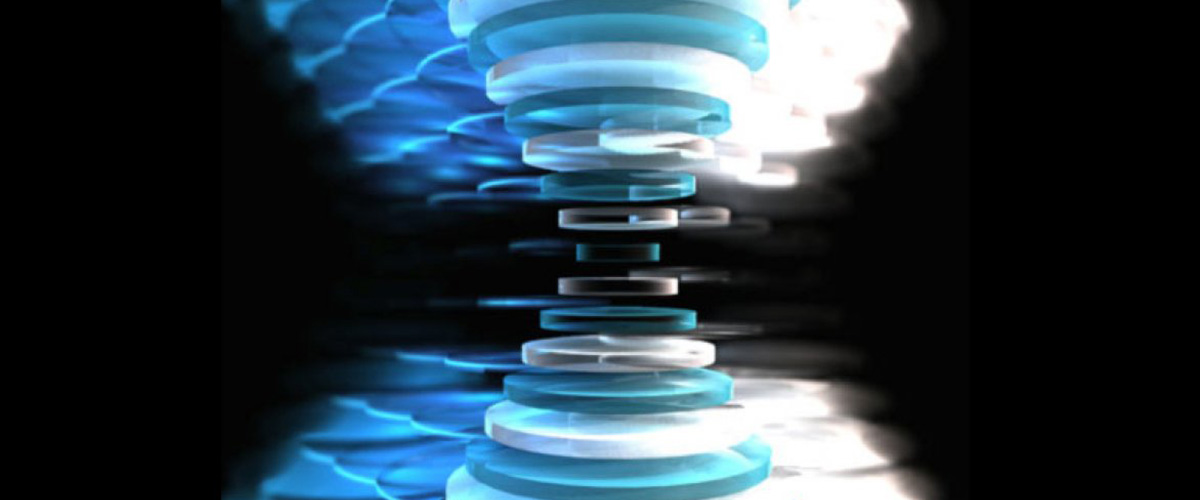
January 07, 2019
Ultrafast manipulation of material properties with light could stimulate the development of novel electronics, including quantum computers.